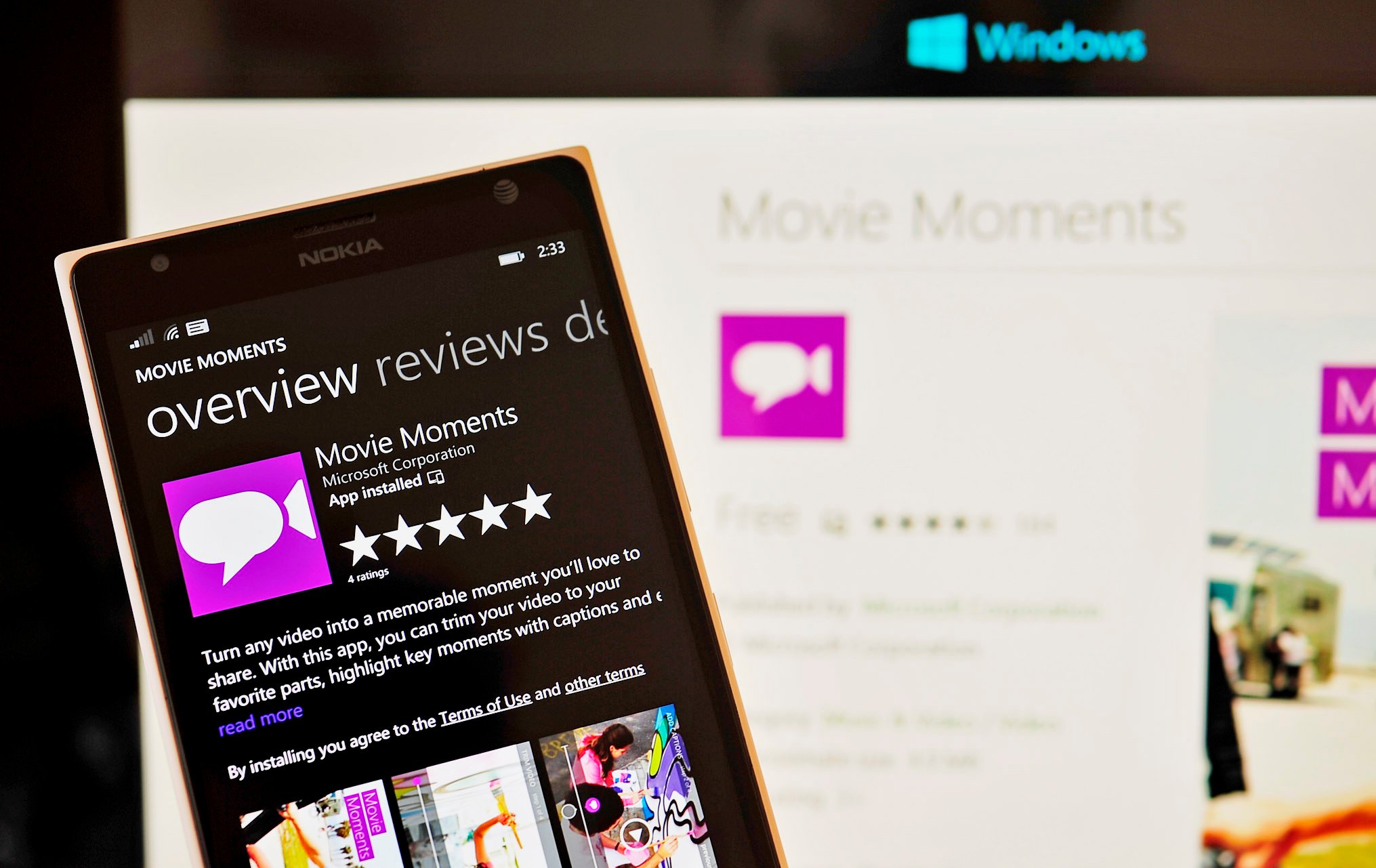What is a Universal Windows app?

Microsoft announced a lot of new features and opportunities for developers this month at their Build conference. One of those buzz terms was ‘universal Windows app’, which sure sounds remarkable. However, we’ve noticed some misunderstanding on exactly what that means. For instance, the impression by many is that if someone makes a Windows Phone app, developers can just hit a button to clone it for Windows and Windows RT devices. That leads to the ‘why isn’t this not a Universal app?’ question each time we mention a new release.
Microsoft is certainly on a unification kick. OneDrive, Xbox One, OneNote, mixing of Windows and Windows Phone developer registration, and expressions like ‘universal Windows app’ all suggest a merger of technology. It’s also a well-known secret that the Windows Phone OS and RT will eventually collide (starting with ‘Threshold’), leaving just two versions of ‘Windows’ for Microsoft.
Universal Windows apps – What they are
Universal Windows apps are not yet the dream of ‘code once, run everywhere’ that many are clamoring for. In fact, that may not happen at all because different screens require different experiences. But Microsoft is certainly making it easier to overlap projects for developers, which can now share up to 90% of the code in certain cases. Here’s what else is ‘universal’ about these apps:
- Pricing structure – Windows devs can now price apps at 99 cents and $1.29, matching Windows Phone pricing
- Shared in-app purchases – Users can buy an IAP in a Windows Phone app, and have the same IAP unlocked in the Windows version and vice versa
- Install across devices – Developers can let users download/buy an app on one platform and install it across their devices, without re-purchasing
- Shared revenue model – Windows apps will get the same Windows Phone 70/30 split on revenue between developers and Microsoft
- Unified ad-units for Windows Phone and Windows apps
Universal Windows apps – What they aren’t
Universal Windows apps involve a lot of backend improvements for developers that encourage development on Windows Phone and Windows 8. They are not, however, completely the same in terms of code; nor does it mean that developers can just push a button to make those apps on either platform (though it is close!). Developers will still need to code for one, share the code for another platform, and do some fine-tuning and optimization.
So app development across Windows and Windows Phone is easier, but it's not exactly the same either. We’ll skip the gory details about app development, coding, shared libraries and such things, but that’s the take away here.
For instance, the new app Movie Maker 8.1 is a universal app. That means for those who bought the Windows Phone version, the Windows 8.1 app will be ‘free’ because Venetasoft can now enable such a feature through shared publishing resources. But if you noticed, the Windows 8.1 version is not yet live, because it needs some final polish before going to the Store. If it were ‘the same app’, you could get it now.
Likewise for Movie Moments and Reading List, which are both universal Windows apps that were just released today.
Get the Windows Central Newsletter
All the latest news, reviews, and guides for Windows and Xbox diehards.
Universal Windows apps – How to tell?
Microsoft gave consumers a neat little icon to identify these Universal apps, represented as a computer and phone. All it means for now is a ‘shared experience’, notifying you that this app is available on Windows Phone and Windows 8. They’re not the same app, and they may not even talk to each other in anyway—yet.
As developers begin to code for Windows Phone 8.1 apps and take advantage of these tools, we’ll begin to see apps that can be purchased on one platform and unlocked on another more frequently. Same with universal logins, backing up of settings, and shared in-app purchases.

This whole idea of a ‘shared experience’ for Windows and Windows Phone apps is a powerful tool. It basically means if you see the Windows Phone app with that icon, you know that you can get its corresponding companion on Windows 8.1, and vice versa. That’s important because many times we hear you folks comment that you had no idea there was a version on ‘X’ platform. Now, you’ll be able to tell right away.
Going forward
Remember, this unification of Stores, pricing points, purchasing models, shared libraries, etc. is just the first major step by Microsoft to bring all of their apps and services together. With each OS and SDK update, we expect more overlap to be announced, and even more sharing between platforms. How far it will go remains to be seen, but this is just the beginning.

Daniel Rubino is the Editor-in-chief of Windows Central. He is also the head reviewer, podcast co-host, and analyst. He has been covering Microsoft since 2007 when this site was called WMExperts (and later Windows Phone Central). His interests include Windows, laptops, next-gen computing, and wearable tech. He has reviewed laptops for over 10 years and is particularly fond of 2-in-1 convertibles, Arm64 processors, new form factors, and thin-and-light PCs. Before all this tech stuff, he worked on a Ph.D. in linguistics, performed polysomnographs in NYC, and was a motion-picture operator for 17 years.
